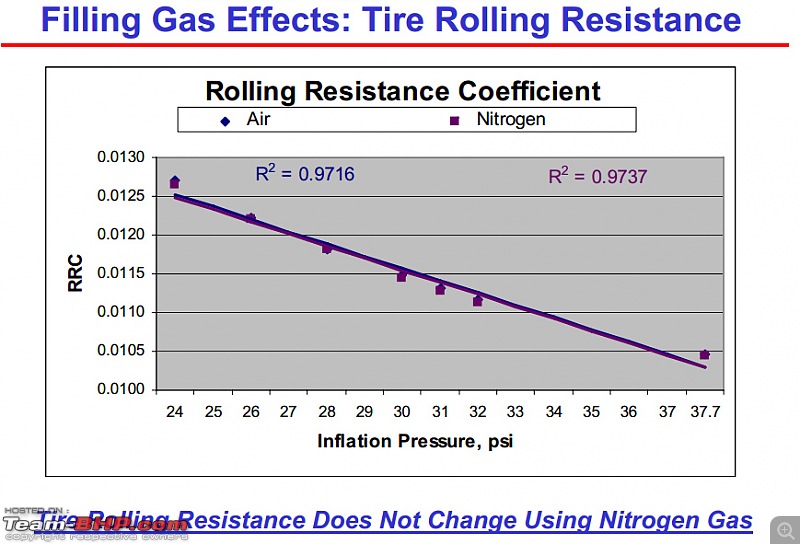| | #151 |
| BHPian Join Date: Mar 2012 Location: NCR
Posts: 188
Thanked: 225 Times
| |
| |  (7)
Thanks (7)
Thanks
|
| |
| | #152 |
| BHPian | |
| |
| | #153 |
| Senior - BHPian Join Date: Feb 2010 Location: Wellington
Posts: 3,133
Thanked: 5,443 Times
| |
| |
| | #154 |
| Senior - BHPian Join Date: Oct 2008 Location: Bangalore/Goa
Posts: 1,302
Thanked: 2,074 Times
| |
| |  (2)
Thanks (2)
Thanks
|
| | #155 |
| BHPian Join Date: Jun 2014 Location: Bangalore
Posts: 104
Thanked: 122 Times
| |
| |  (2)
Thanks (2)
Thanks
|
| | #156 |
| Senior - BHPian | |
| |  (4)
Thanks (4)
Thanks
|
| | #157 |
| BHPian Join Date: May 2006 Location: BLR
Posts: 181
Thanked: 175 Times
| |
| |  (1)
Thanks (1)
Thanks
|
| | #158 |
| BHPian Join Date: Dec 2012 Location: Chennai
Posts: 616
Thanked: 765 Times
| |
| |  (1)
Thanks (1)
Thanks
|
| | #159 |
| BHPian Join Date: May 2011 Location: Noida
Posts: 55
Thanked: 18 Times
| |
| |  (3)
Thanks (3)
Thanks
|
| | #160 |
| Senior - BHPian Join Date: Jul 2009 Location: Emerging Metro
Posts: 3,352
Thanked: 1,947 Times
| |
| |  (1)
Thanks (1)
Thanks
|
| | #161 |
| BHPian Join Date: Mar 2012 Location: NCR
Posts: 188
Thanked: 225 Times
| |
| |
| |
| | #162 |
| BHPian | |
| |  (1)
Thanks (1)
Thanks
|
| | #163 |
| Senior - BHPian Join Date: Jun 2013 Location: Noida (U.P)
Posts: 1,579
Thanked: 1,875 Times
| |
| |
| | #164 |
| Team-BHP Support  Join Date: Mar 2011 Location: Gurgaon
Posts: 6,717
Thanked: 28,325 Times
| |
| |  (4)
Thanks (4)
Thanks
|
| | #165 |
| Distinguished - BHPian  | |
| |  (19)
Thanks (19)
Thanks
|
 |
Most Viewed







